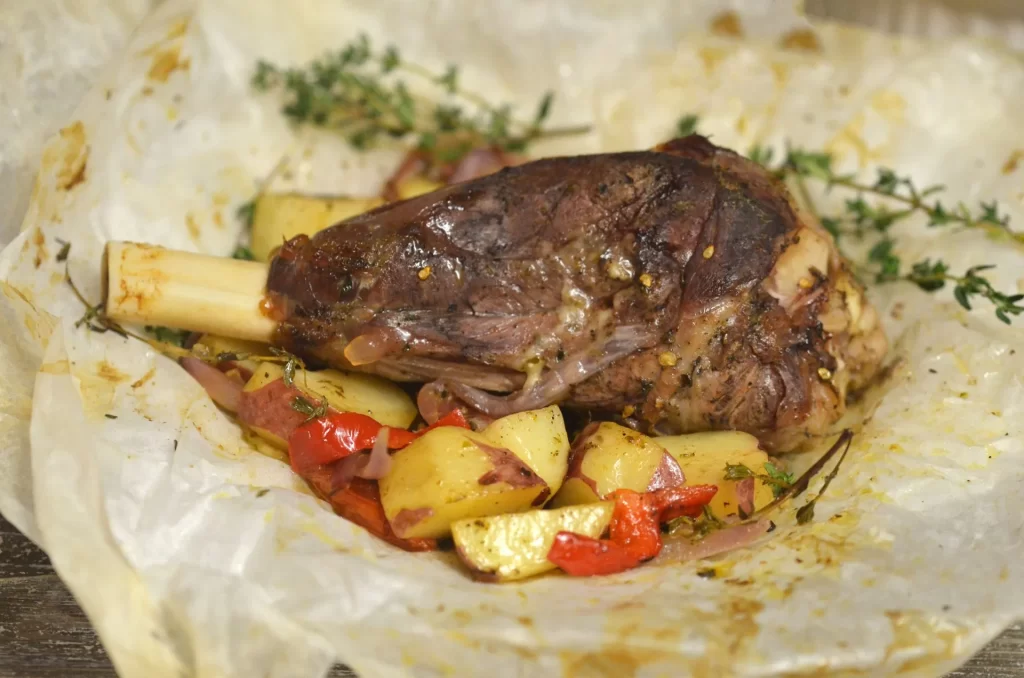NORTH CYPRUS
Northern Cyprus, officially known as the Turkish Republic of Northern Cyprus (TRNC), is a self-declared state located in the northeastern part of the island of Cyprus in the Eastern Mediterranean. It is recognized only by Turkey, while the international community considers it to be part of the Republic of Cyprus.
Geography of Cyprus
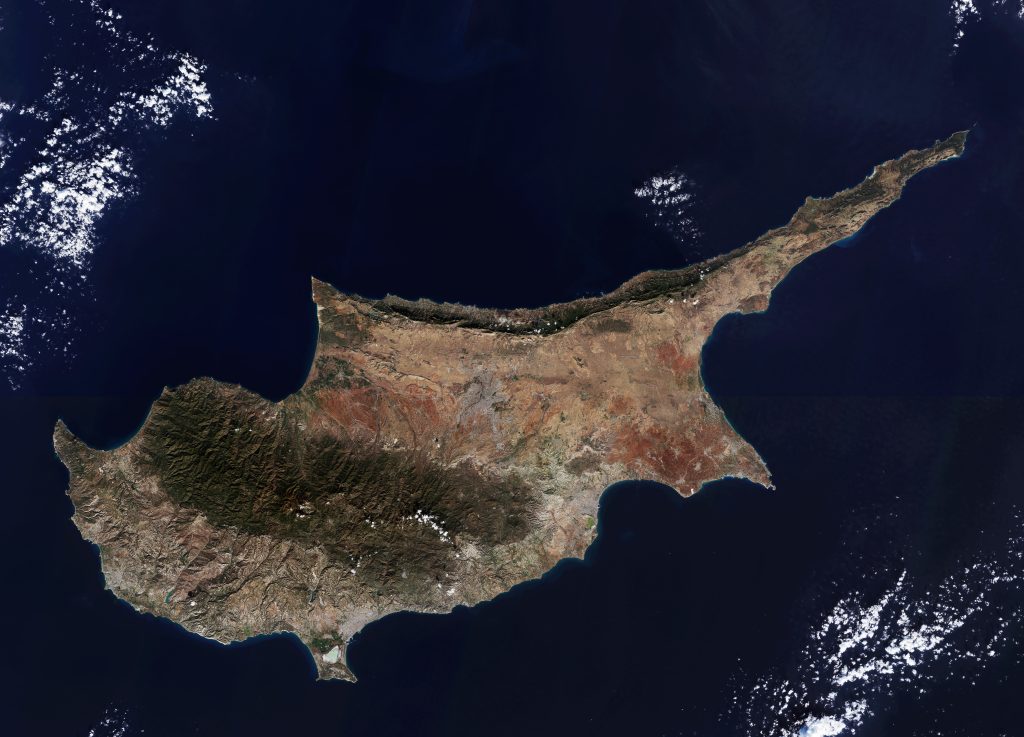
Northern Cyprus covers approximately one-third of the island and stands out with its natural beauty.
- Kyrenia (Beşparmak) Mountains: Offer stunning coastal views.
- Long and clean beaches stretching along the Mediterranean coastline
- The fertile Mesaoria Plain is an important area for agricultural activities.
- Capital: North Nicosia is the political and cultural center.
History
1974: Following a Greek-backed coup in Cyprus, Turkey launched a military intervention, citing the need to protect the Turkish Cypriot community.
- 1983: The independence of the Turkish Republic of Northern Cyprus (TRNC) was declared.
- Today: Although the TRNC is not internationally recognized, it operates independently with its own administration and institutions.
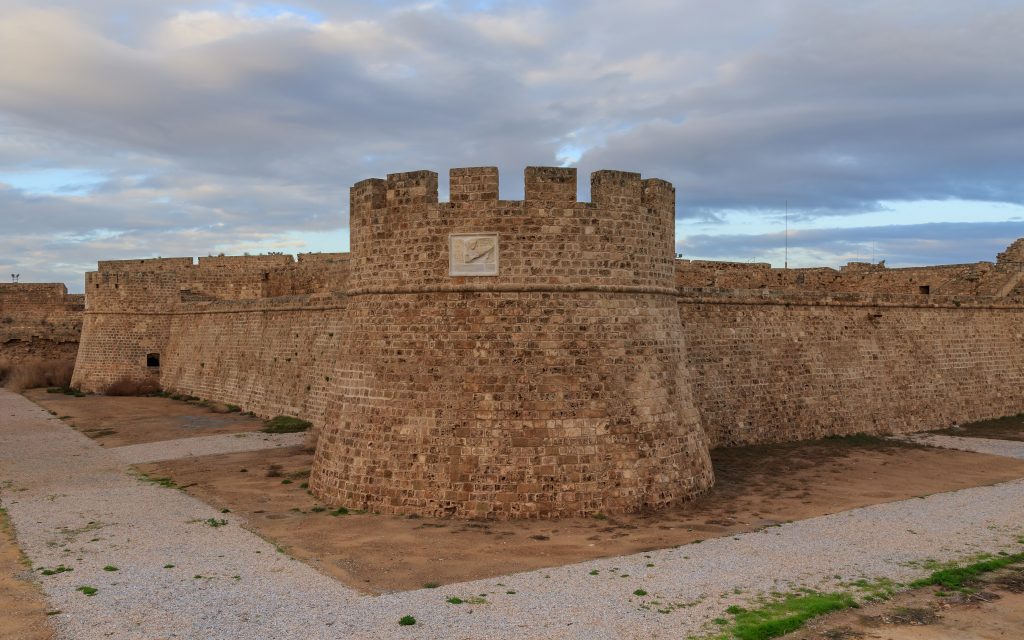
Tourism

Northern Cyprus stands out with its natural beauty, historical sites, and tranquil atmosphere. Major places to visit include:
- Kyrenia (Girne): Known for its historic harbor, castle, and natural beauty.
- Famagusta (Gazimağusa): Noted for its Gothic architecture, ancient ruins, and historic atmosphere.
- Bellapais Abbey: A historic monastery situated at the foothills of the mountains.
- St. Hilarion Castle: A fairy-tale-like castle located on a mountain peak.
- Salamis Ruins: An extensive archaeological site dating back to the Ancient Greek period.
- Karpaz Peninsula and Golden Beach: Pristine beaches under natural protection.
Lala Mustafa Pasha Mosque
This mosque, the largest medieval structure in Famagusta, was originally built as the Cathedral of St. Nicholas between 1298 and 1400. It was consecrated in 1328 and converted into a mosque by the Ottomans in 1571. Since 1954, it has been named after the Ottoman Grand Vizier Lala Mustafa Pasha.
The building stands out with its Rayonnant Gothic architectural style imported from France, earning it the nickname “the Reims of Northern Cyprus.” The cathedral was once the coronation site for the kings of Cyprus and Jerusalem, and many members of royalty were buried there.
The structure, featuring typical elements of Crusader architecture, is still used as a mosque today and preserves its historical character.

Bellapais Abbey

Located about 5 km from Kyrenia, on the hillside of Bellapais village, this historic structure was built in the 13th century by the Canons of the Holy Sepulchre. Situated 220 meters above sea level, the abbey offers a unique view overlooking the Mediterranean Sea.
The current ruins of the abbey, especially King III. Hugh include the main structures built during the period of 1267–1284. As a fine example of Gothic architecture, the building holds both historical and spiritual significance.
The famous British writer Lawrence Durrell expressed his admiration for Bellapais in his book Bitter Lemons, which he wrote while living here. Today, Bellapais Abbey is an important destination for both architecture enthusiasts and literature lovers.
Salamis Ruins
Located 6 km north of Famagusta on the eastern coast, Salamis is one of the most important ancient cities of Cyprus. According to legend, the city was founded by Teucer, who came to the island after the Trojan War.
With a history dating back to the 11th century BC, Salamis became an early center of trade thanks to Cyprus’s copper resources. The city shows influences from both Phoenician and Greek cultures. The first coins were minted in the 6th century BC, and during the Roman period, Salamis developed into a major port and commercial city.
Over time, the city was abandoned but was excavated in the 1950s. Today, its structures such as the theater, baths, and colonnaded streets offer visitors a journey through history.
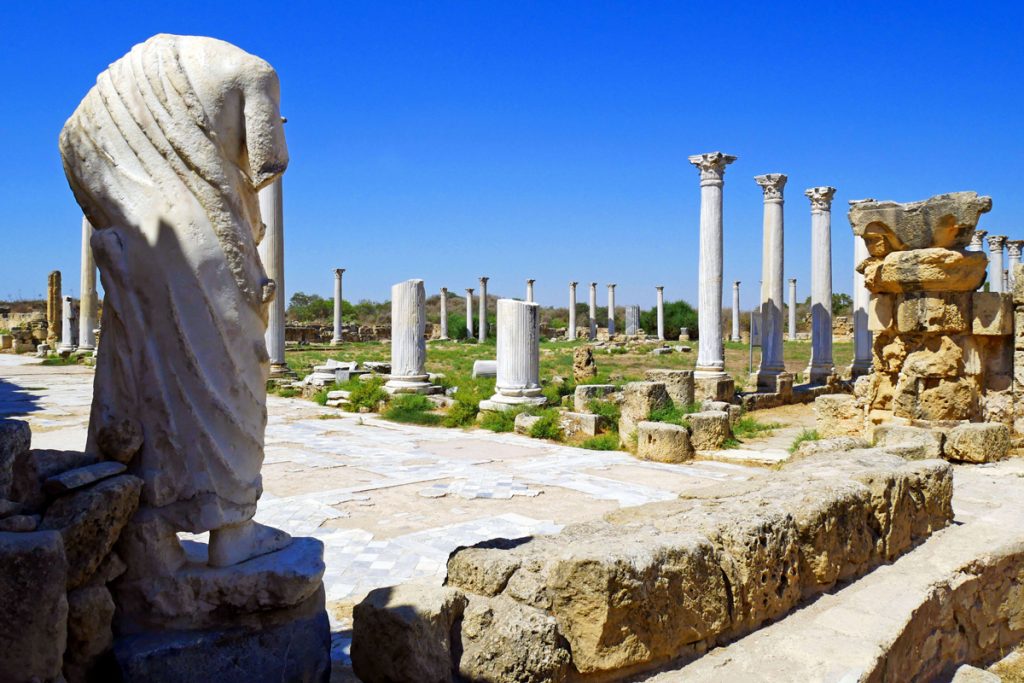
Kyrenia Castle
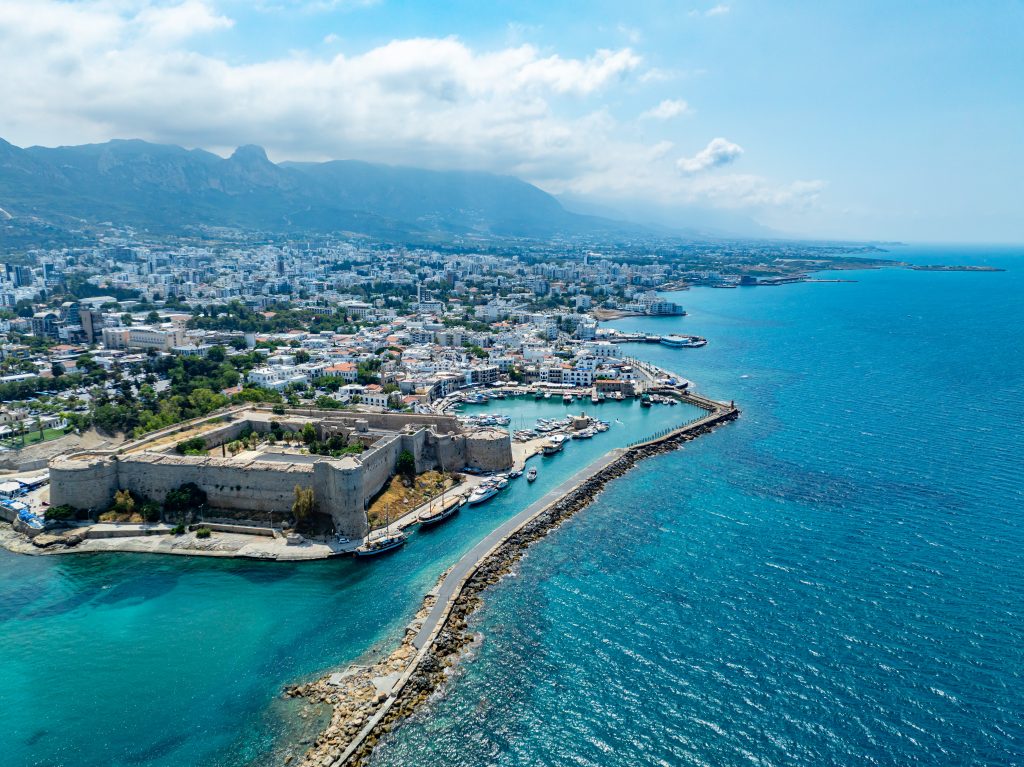
Kyrenia’s history dates back to the 10th century BC. The area developed into a city during the Roman period, and Kyrenia Castle was built by the Byzantines in the 7th century to defend against Arab attacks.
In 1191, Richard the Lionheart captured the castle, after which the Lusignans and Venetians reinforced the structure. The Venetians, in particular, fortified the castle with thick walls to defend against the Ottoman threat and replaced the drawbridge with a sturdy entrance gate.
In 1571, the Ottomans easily captured the island. Today, inside the castle, there are 12. today, inside the castle, there is also the 12th-century St. George’s Chapel. The castle, rising at the entrance of the harbor, takes visitors on a journey through history with both its architecture and its views.
Northern Cyprus Cuisine
Northern Cyprus cuisine is a delicious blend of Turkish and Mediterranean flavors, also influenced by the culinary traditions of neighboring countries such as Greece, Lebanon, and Syria. Enriched with both traditional and regional flavors, this cuisine relies on fresh ingredients and unique cooking techniques. Here are some popular dishes and flavors you are likely to encounter frequently in Northern Cyprus:
Meze is a common starter and snack dish found in Northern Cyprus as well as in Turkish, Greek, and Middle Eastern cuisines. It typically consists of a variety of small plates served alongside drinks such as raki, ouzo, or wine.
Common types of meze frequently found in Northern Cyprus include:
- These include hummus, cacık (tzatziki), baba ghanoush, dolma (rice-stuffed grape leaves), sigara böreği (fried pastry filled with cheese or meat), grilled halloumi cheese, and various salads made with olive oil and fresh herbs. These dishes bring flavor, color, and a culture of sharing to the table.
